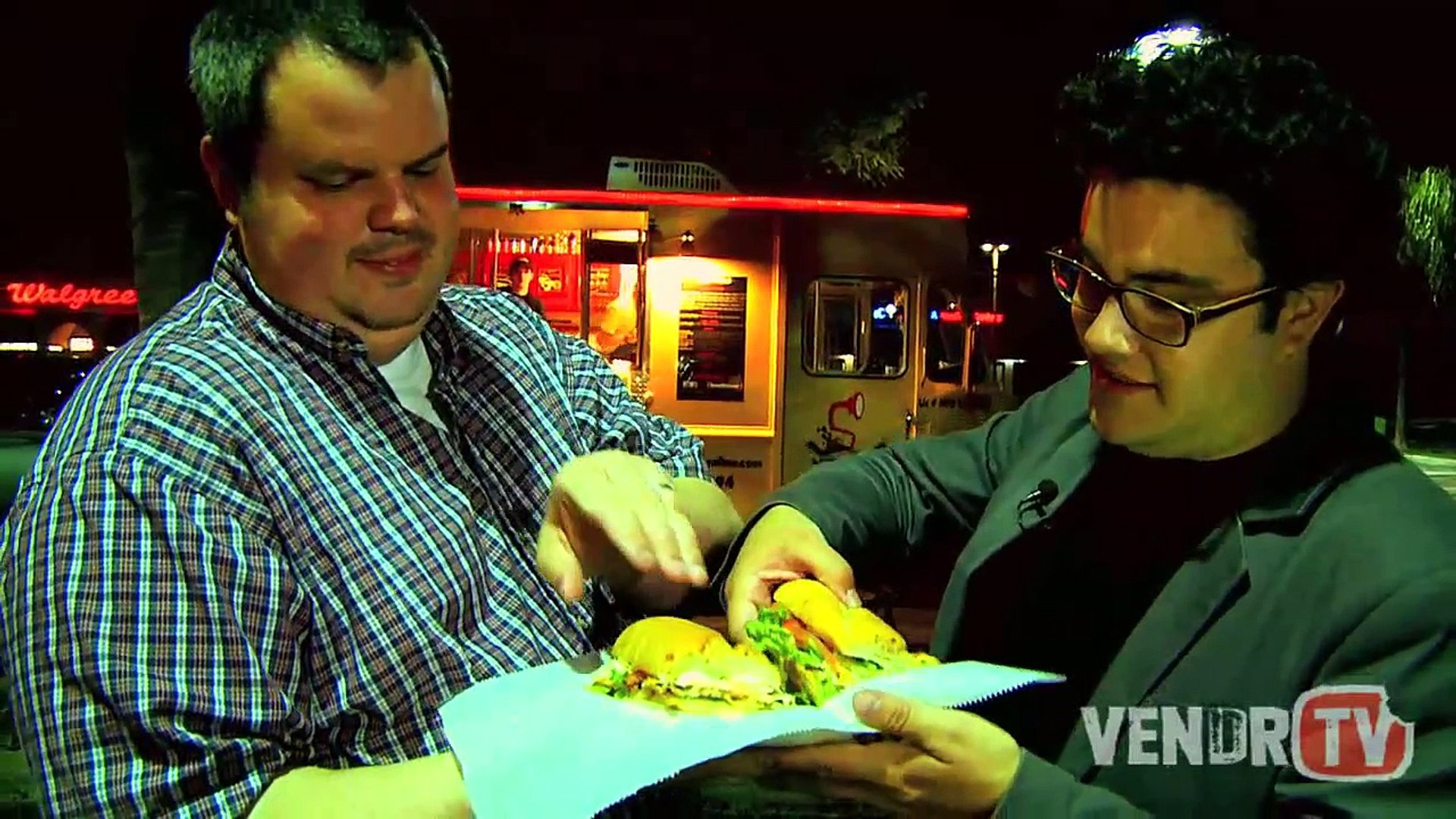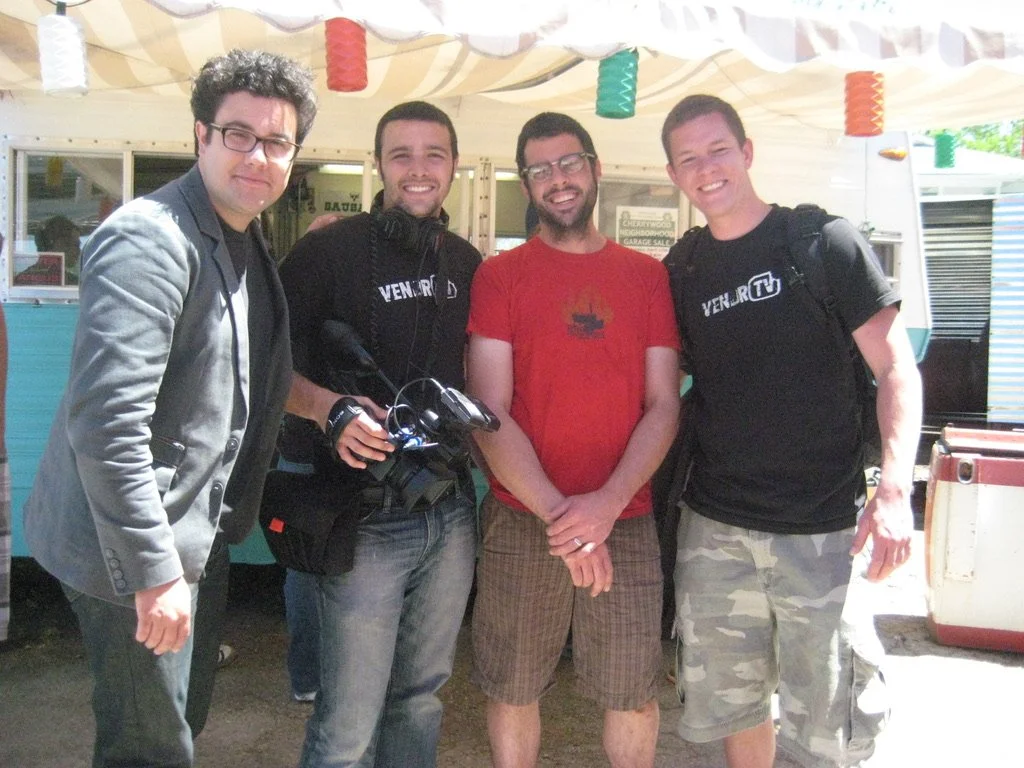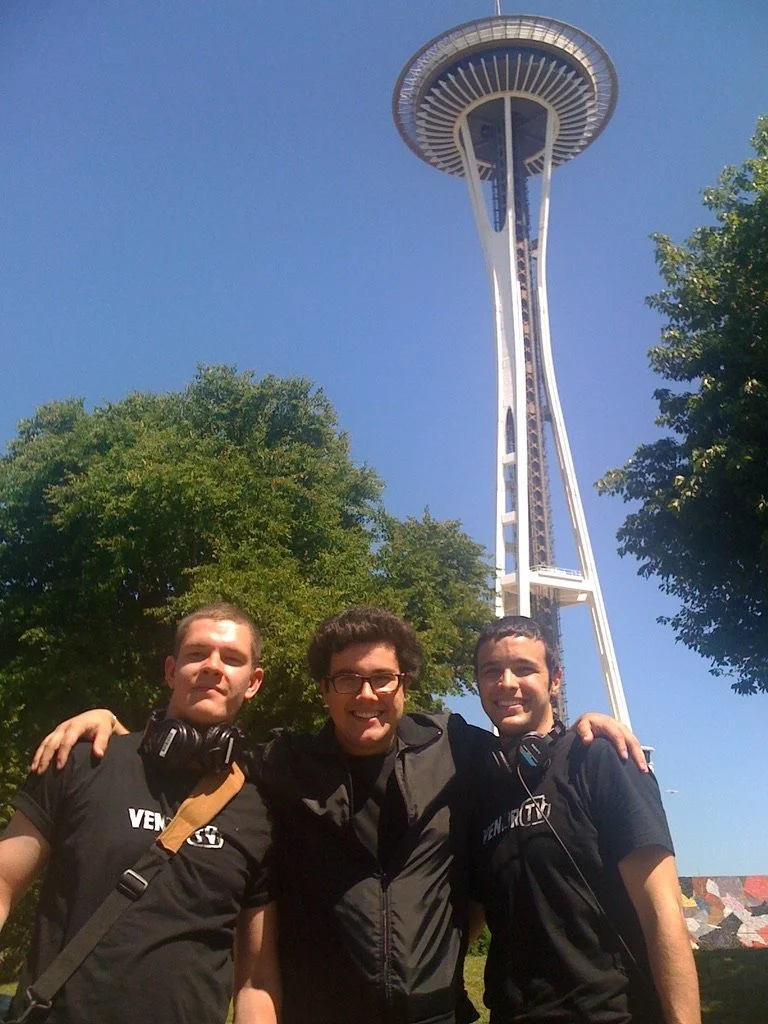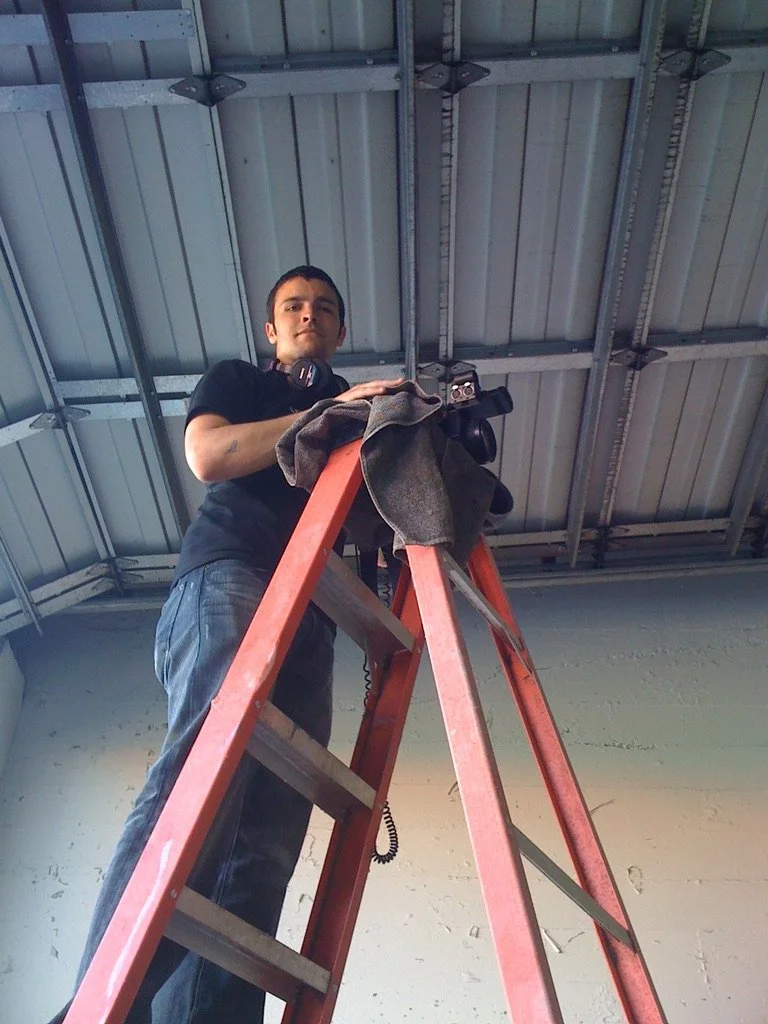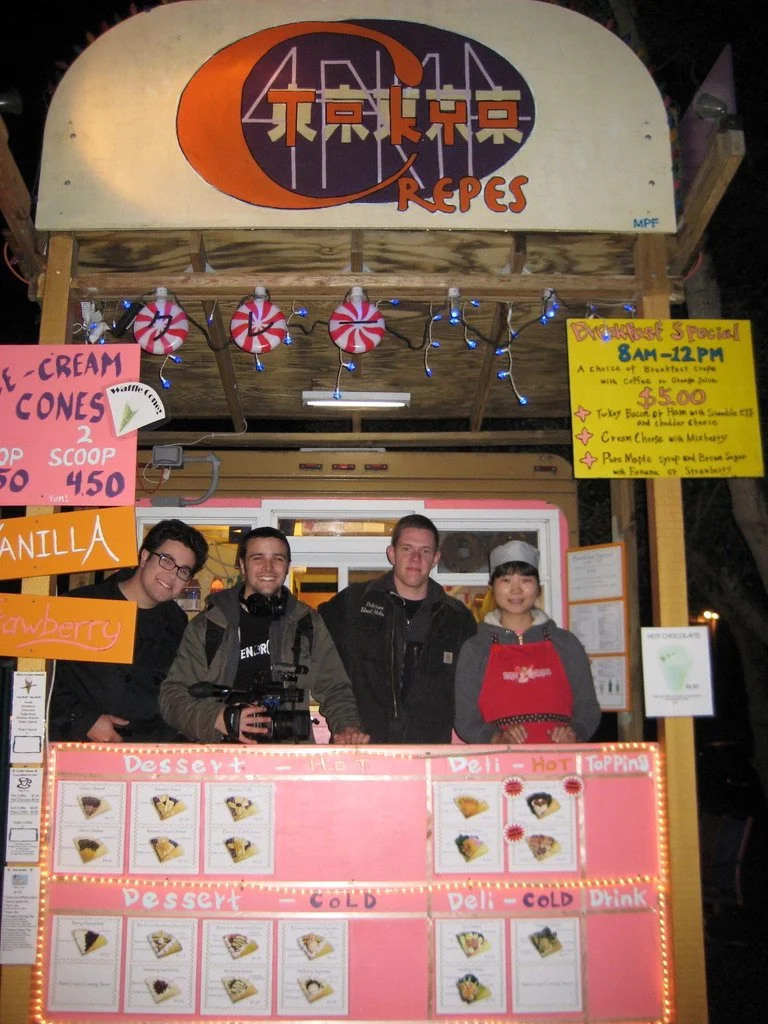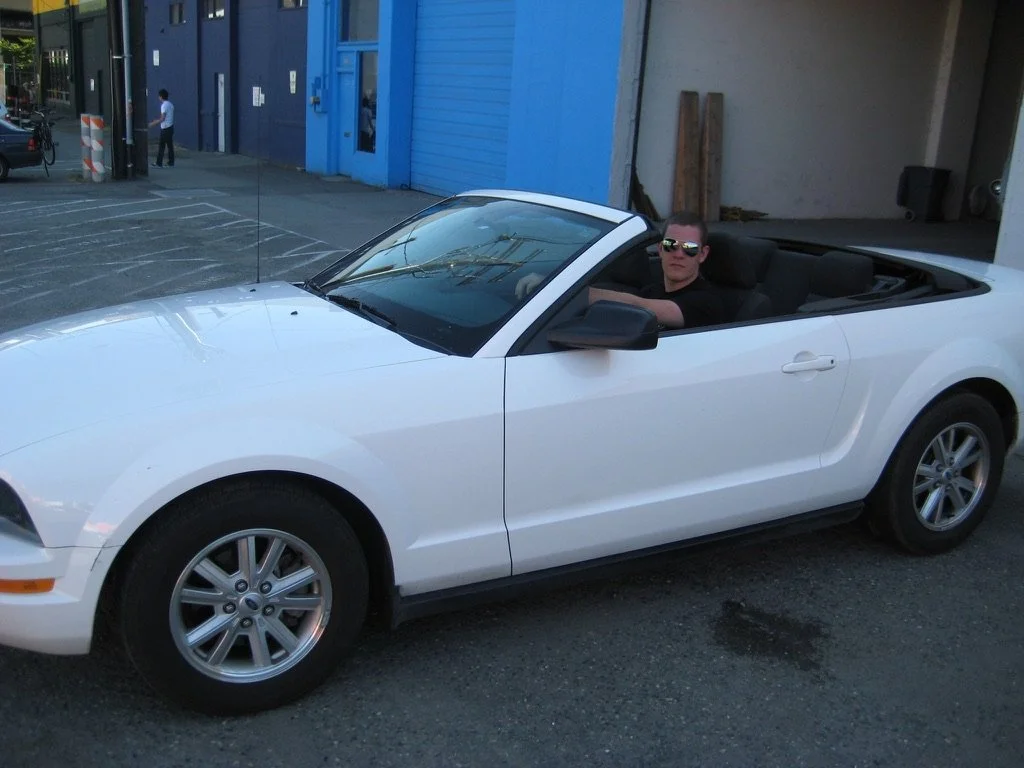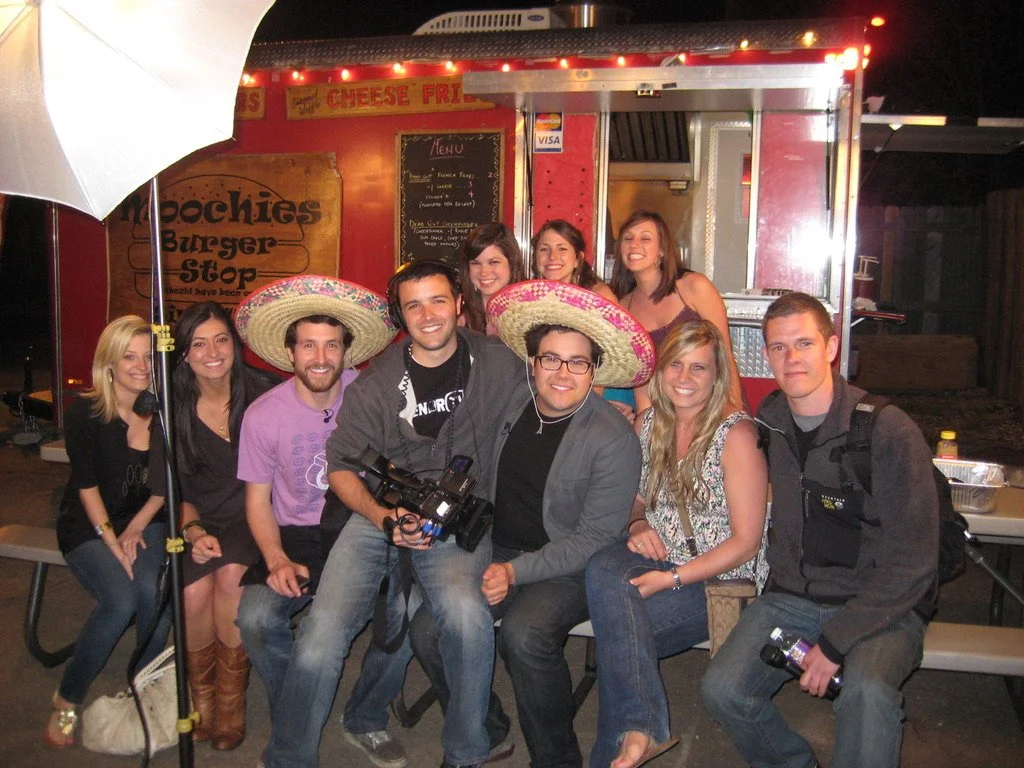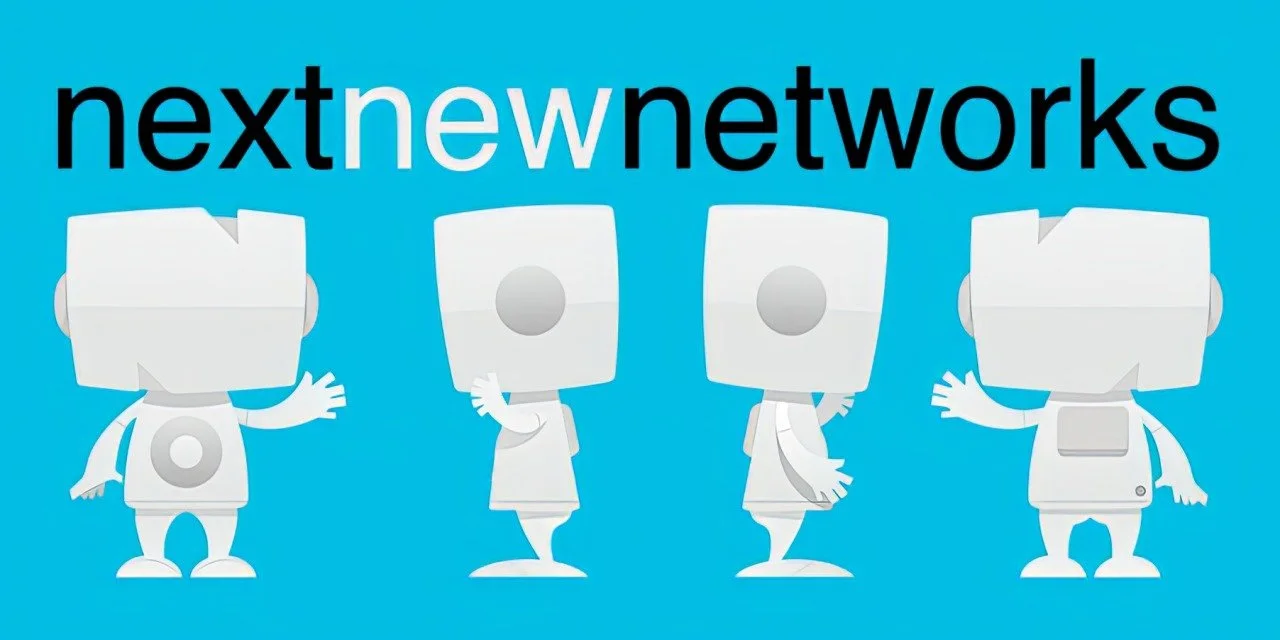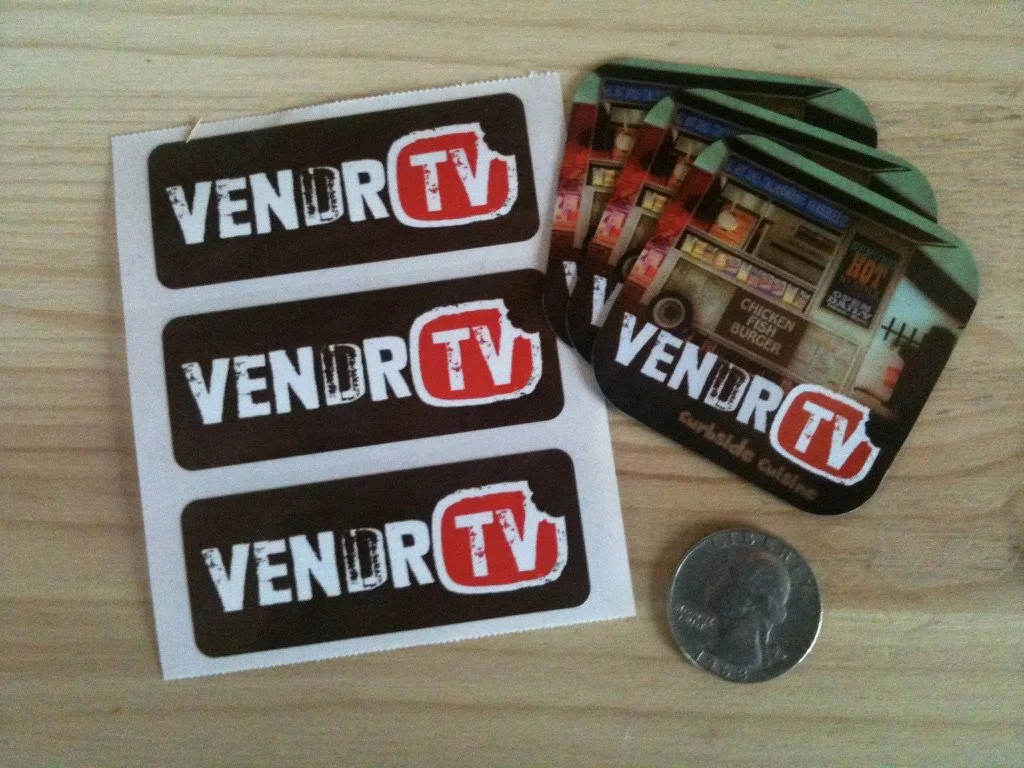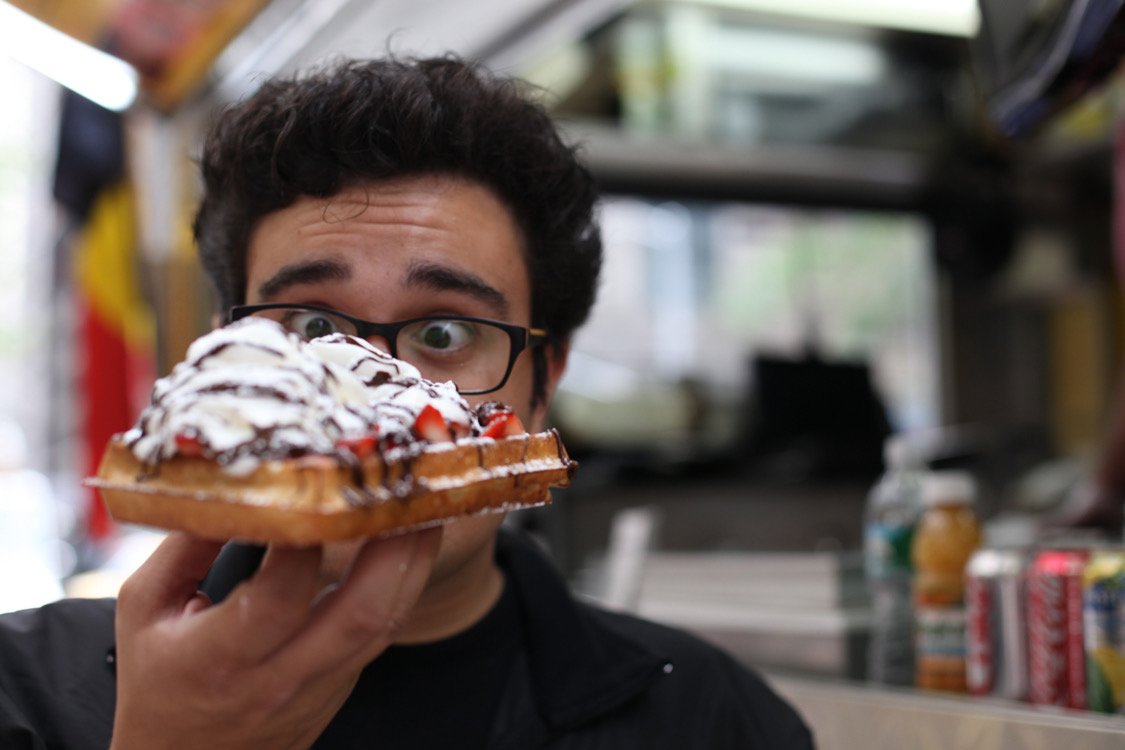
Video Series: VendrTV
What: Documentary-style web series on street food culture
Where: Filmed across the U.S.
When: 2009 - 2011
Overview
VendrTV was my first major creative project after college—a travel and food web series that explored America’s emerging street food culture at the exact moment it was beginning to take shape.
The idea was born from my design thesis on food carts and from a hunch that the internet was ready for something that looked and felt like real television. I wanted to make a show with the storytelling quality of the Food Network, but to do it completely independently—with borrowed cameras, a tiny crew, and an obsession with making it work.
Over the course of 80+ episodes, we profiled some of the country’s earliest and most influential food trucks and carts—from the original Blue Bottle Coffee kiosk in San Francisco to a young Aaron Franklin serving brisket on the side of I-35 in Austin.
Performance Snapshot
80+ episodes filmed across the U.S.
#1 iTunes Food & Drink ranking for multiple weeks
Picked up and distributed by Next New Networks (later acquired by YouTube)
Coverage from TV/food media and regional press; extensive local blog syndication
Cross-platform distribution: YouTube, Vimeo, Blip.tv, Viddler, Apple Podcasts
National fan community (“Cartivores”) engaged via early social + IRL events
One-year anniversary party drew hundreds of attendees
Concept & Tone
The creative premise was simple but deeply optimistic: document the scrappy, creative entrepreneurs who were rewriting what food could look like in America.
VendrTV wasn’t about fancy restaurants—it was about courage, creativity, and people betting their savings and hearts on a single idea served from a window. The tone was cinematic, friendly, and full of curiosity. We weren’t critics; we were celebrators.
Production
The team eventually became:
Daniel — Host & producer
Andy — Cinematography
Florian — Sound & production support
Jess — Editing
We traveled across the country, bootstrapping and improvising everything (including renting one regrettable Mustang convertible), and we filmed three or four episodes a day while on the road. I’d call local bloggers ahead of time to find the right carts, line up interviews, and plan routes.
Andy shot interviews and B-roll, Florian handled sound and logistics, and Jess edited remotely. I wore the same outfit in every episode—not as a style choice, but so we could stitch footage together across multiple cities without breaking continuity.
Distribution & Reach
At the time, “being a YouTuber” wasn’t a thing yet. We distributed everywhere: Blip.tv, Viddler, Vimeo, YouTube, and Apple Podcasts. Ironically, YouTube was one of our smallest audiences—our biggest viewership came from Apple Podcasts, where we often ranked #1 in the Food & Drink category.
Growth came through grassroots syndication. Every time we filmed in a city, I’d send the episode to local editors—Eater, Thrillist, alt-weeklies, and blogs. They needed great video; we needed reach. It worked beautifully.
Around that time, venture capital was beginning to flow into “premium” web video. One of the first networks to explore that space, Next New Networks, picked up VendrTV for broader distribution and monetization. Shortly after, they were acquired by YouTube—making VendrTV part of the earliest wave of independent series to bridge into that new digital era.
We also built community the old-fashioned way. Fans could mail a self-addressed envelope to get VendrTV stickers, which they’d post on food trucks across the country. We called them Cartivores. On the show’s one-year anniversary, we threw a massive party in Brooklyn with dozens of trucks and hundreds of fans.
Reflections
VendrTV taught me nearly everything about making things real. It showed me that launching fast matters, that you can build community through creativity and kindness, and that momentum will teach you more than planning ever will.
It was also where I learned the value of leading with positivity—if we didn’t love a place, we didn’t air the episode. The internet had enough critics; we wanted to be advocates for the people doing something good.
It also instilled the balance I’ve carried into everything since: strong structure paired with scrappiness, visual polish backed by DIY energy.
It also placed me at the front edge of a new media wave—where independent creators and internet TV met for the first time. VendrTV became the foundation for everything that followed, from What’s This Food?! to my later ventures in hospitality and brand-building.




